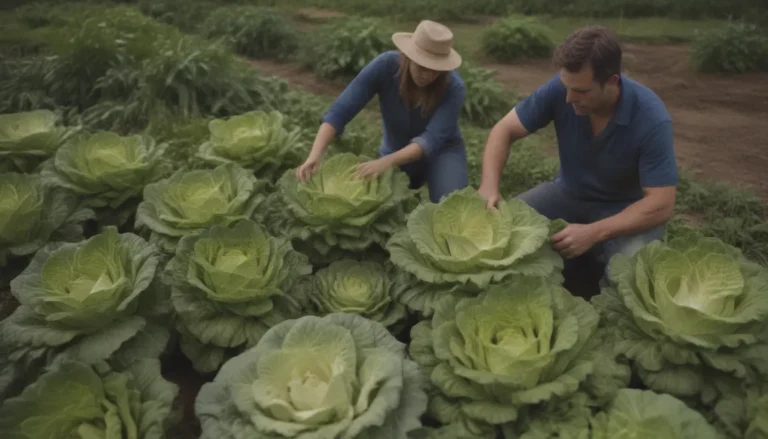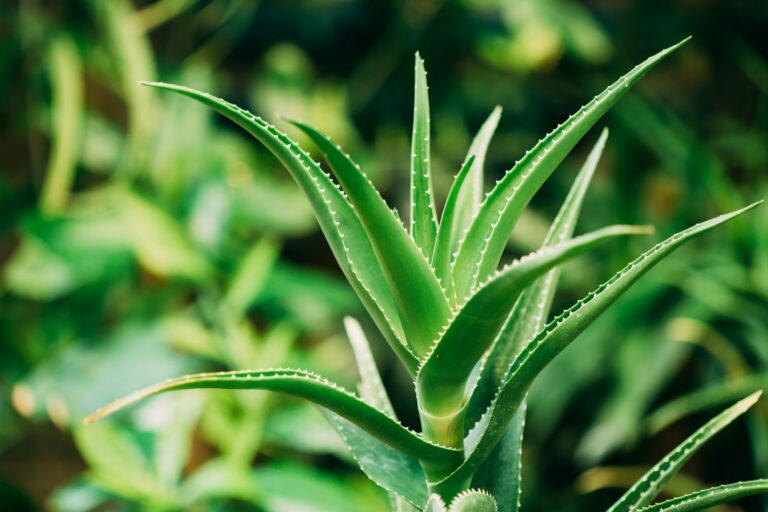Complete Guide to Growing and Caring for Ground Cherries

Ground cherries, also known as Physalis pruinosa, may not be as common as some other fruits, but they have a rich history in North America. The Aunt Molly’s variety, for example, has been grown by Pennsylvania Germans since the 1800s. This sweet and tart fruit has a unique flavor profile similar to pineapple with a hint of tomato. Ground cherries belong to the Solanaceae family, just like tomatoes, but they are distinct in their own right. With a growth habit resembling small shrubs, bright green leaves, and yellow flowers that lead to delicious fruit wrapped in papery husks, ground cherries are a delightful addition to any garden.
Introduction to Ground Cherries
Ground cherries are easy to grow and maintain in the garden, making them a popular choice for many gardeners. In this comprehensive guide, we will explore everything you need to know about planting, caring for, and harvesting ground cherries to ensure a successful growing season.
When to Plant Ground Cherries
Ground cherries can be started from seed indoors about six to eight weeks before the last frost date in the spring or planted directly outdoors after all threats of frost have passed. This flexibility in planting options allows for a wide window of time to get your ground cherry plants started.
Selecting a Planting Site
Whether you choose to grow ground cherries in traditional garden beds, raised beds, or containers, it is essential to pick a site that receives ample sunlight and has well-drained soil. Avoid planting near tall trees or shrubs that may shade the plants and inhibit their growth.
Spacing, Depth, and Support
When planting ground cherry seeds or seedlings, ensure they are spaced at least 2 feet apart to allow for proper growth. Plant young seedlings at the same depth as they were in their containers, and consider providing support such as a tomato cage or stakes to prevent the plants from bending under the weight of the fruits.
Ground Cherry Care Tips
Taking care of ground cherries involves providing them with the right amount of light, water, and nutrients to thrive. Here are some essential care tips to keep your ground cherry plants healthy and productive.
Light Requirements
Ground cherries do best in full sun, with at least six hours of direct sunlight daily. While they can tolerate some shade, it may impact fruit production. Aim to provide your plants with ample sunlight to ensure optimal growth.
Soil Needs
Ground cherries are not overly picky about soil types but thrive in well-drained soil rich in organic matter with a slightly acidic pH. Consider amending the soil with compost to provide the necessary nutrients for healthy growth.
Watering Schedule
Maintain soil moisture by watering ground cherries regularly, aiming for approximately an inch of water per week. Dry conditions can cause blossoms to drop without setting fruit, so be vigilant about watering, especially during hot weather.
Temperature and Humidity
Ground cherries have good heat tolerance but are sensitive to frost. Protective measures such as row covers or fabric can help shield plants from unexpected frost damage. Additionally, ground cherries are not overly affected by humidity, making them suitable for various growing conditions.
Fertilizing Needs
Boost plant growth by incorporating organic fertilizers specifically designed for fruits and vegetables into the soil. Compost is also beneficial for providing essential nutrients to ground cherry plants throughout the growing season.
Pollination Process
Ground cherries are self-pollinating but can benefit from the presence of bees and other pollinators in the garden. Encourage pollinator activity by planting pollinator-friendly flowers nearby to ensure optimal fruit set.
Exploring Different Varieties of Ground Cherries
Ground cherries come in several varieties, each with its unique characteristics and flavor profiles. Some popular varieties include:
- ‘Aunt Molly’s’: A well-known heirloom variety with a sweet and tart flavor.
- ‘Cossack Pineapple’: Known for its distinctive pineapple-like taste.
- ‘Goldie’: A variety prized for its golden fruits ripe for picking.
Ground Cherry vs. Tomatillo: What’s the Difference?
Ground cherries and tomatillos share similarities in appearance and are often confused due to their husk-covered fruits. While both belong to the Physalis genus, ground cherries are typically smaller and yellow or orange, whereas tomatillos are larger and green in color.
Ground Cherry vs. Gooseberry: A Closer Look
Another relative in the Physalis family is the cape gooseberry, also known as goldenberry. While similar to ground cherries, cape gooseberries have stiffer stems and a more upright growth habit compared to the prostrate nature of ground cherry plants.
Tips for Harvesting Ground Cherries
Harvesting ground cherries is a straightforward process, but it’s essential to monitor fruit ripeness to ensure a bountiful harvest. Here are some key points to keep in mind when harvesting ground cherries:
- Harvest ripe fruits from the ground as the husks dry up and change color.
- Collect fallen fruits regularly to prevent seedlings from sprouting in unwanted areas.
- Utilize fresh ground cherries in various culinary applications or freeze them for long-term storage.
Growing Ground Cherries in Containers
Growing ground cherries in containers offers flexibility and control over plant placement and care. Follow these guidelines for successful container gardening with ground cherries:
- Select a container at least 8 inches deep with adequate drainage holes.
- Use an organic potting mix suitable for fruits and vegetables to promote healthy plant growth.
- Monitor soil moisture levels and provide sufficient sunlight for container-grown ground cherries.
Propagating Ground Cherries: Seed vs. Cuttings
While ground cherries are primarily propagated from seeds, they can also be grown from cuttings for a quick and easy way to start new plants. Experiment with both methods to determine which works best for your gardening needs.
How to Plant Ground Cherries from Seed
Starting ground cherry seeds indoors or directly in the garden requires proper preparation and care to ensure successful germination and growth. Follow these steps for planting ground cherries from seed:
- Plant seeds about 1/4 inch deep in an organic seed-starting mix.
- Maintain consistent soil moisture and temperature for optimal germination.
- Acclimate seedlings to outdoor conditions before transplanting them into the garden.
Repotting Ground Cherries for Healthy Growth
Repotting ground cherries may be necessary when transitioning young plants from smaller containers to larger ones. Follow these steps to ensure a smooth repotting process:
- Use an organic potting mix suitable for fruits and vegetables when repotting ground cherries.
- Plant seedlings at the same depth as their previous containers to minimize stress.
- Provide adequate care and maintenance to promote healthy root development in repotted plants.
Managing Pests and Diseases in Ground Cherries
While ground cherries are relatively resilient to pests and diseases, they may still encounter common issues such as whiteflies, flea beetles, and fungal infections. Implement good gardening practices to prevent and manage potential problems, including:
- Maintain proper air circulation around plants to reduce the risk of fungal diseases.
- Monitor for pest activity and take appropriate measures to control infestations.
- Practice regular inspection and maintenance to keep ground cherries healthy throughout the growing season.
In conclusion, growing and caring for ground cherries can be a rewarding experience for gardeners of all skill levels. By following these tips and guidelines, you can enjoy a plentiful harvest of delicious fruits from your ground cherry plants. Experiment with different varieties, planting methods, and care techniques to discover what works best for your garden. Happy gardening!





